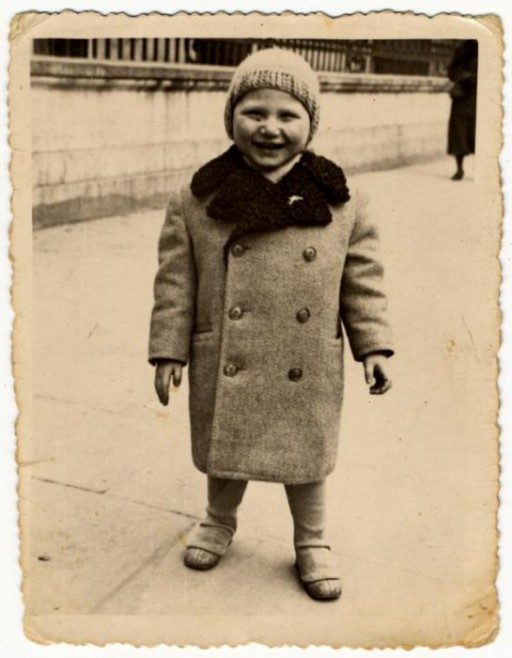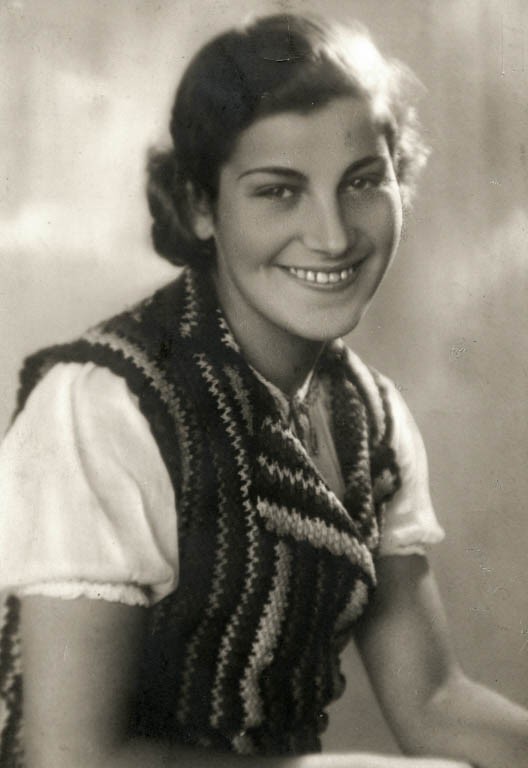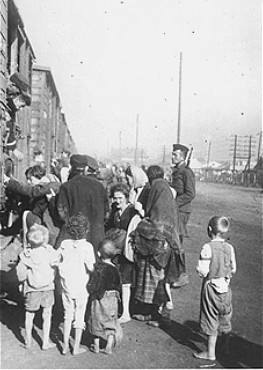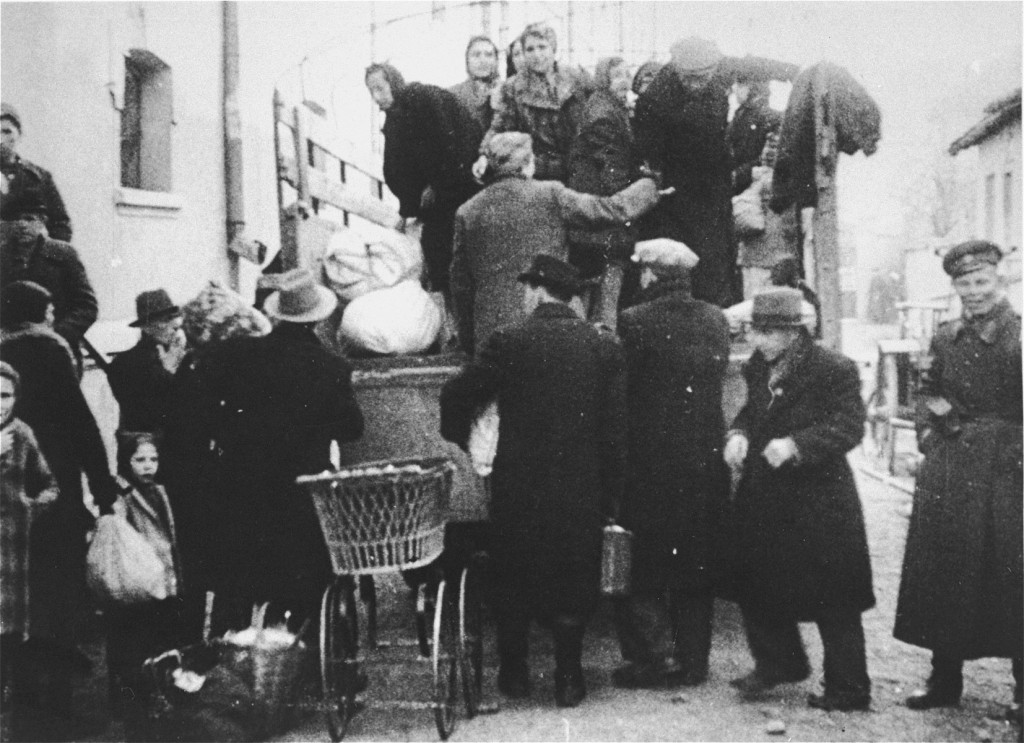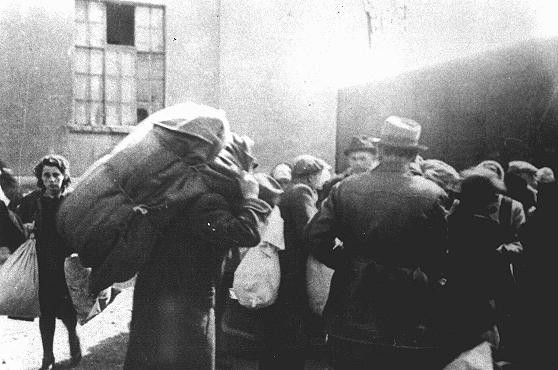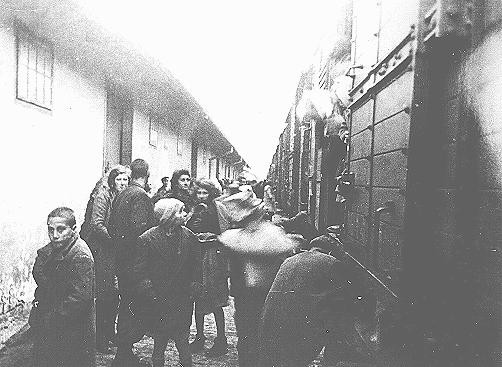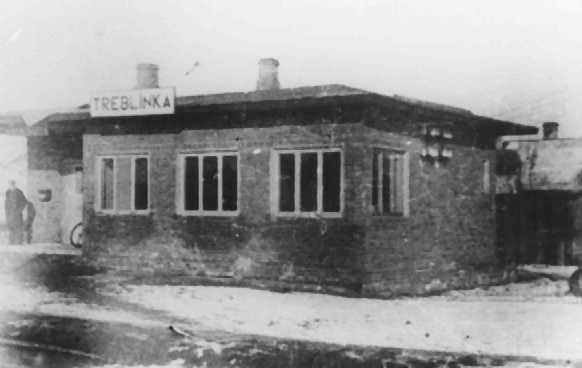
Treblinka: Key Dates
November 1, 1939 - September 1943
Reichsfuehrer-SS and Chief of German Police Heinrich Himmler appoints SS general Odilo Globocnik SS and Police Leader in Lublin District on November 1, 1939. On July 17, 1941, Himmler appoints Globocnik Commissioner for the Establishment of SS and Police Bases in the Occupied Eastern Territories. In early autumn of that year, Himmler tasks Globocnik with organizing the mass murder of Jews residing in the Generalgouvernement (that part of German-occupied Poland not annexed directly to Germany, attached to German East Prussia, or incorporated within the German-occupied Soviet Union). This operation later becomes known as Operation Reinhard (also called Aktion Reinhard), named after Reinhard Heydrich, head of the Reich Security Main Office. Three killing centers—Belzec, Sobibor, and Treblinka II—are constructed for the sole purpose of killing Jews. Between March 1942 and November 1943, the personnel of Operation Reinhard kill approximately 1.7 million Jews in these three killing centers and related shooting operations.
November 15, 1941
Under the authority of the SS and Police Leader for the district of Warsaw, the SS establish a labor camp not far from Malkinia, a village located about 50 miles northeast of Warsaw in the northern region of the Generalgouvernement.
July 19, 1942
In Lublin, Himmler meets with Operation Reinhard manager Odilo Globocnik and with Friedrich-Wilhelm Krueger, the Higher SS and Police Leader for the Generalgouvernement. They discuss the killing operations. Himmler ordered the "resettlement"—a euphemism for deportation and murder—of all Jews in the Generalgouvernement by the end of 1942. An estimated 1,200,000 Jews reside in the Generalgouvernement. Himmler's order accelerates the killing program.
July 23, 1942
The killing center Treblinka II begins operations. With the arrival of the first transports of Jews from the Warsaw ghetto, SS and police officials begin the killing operations. From July until September 5, 1942, SS and police personnel deport around 265,000 Jews from the Warsaw ghetto to Treblinka II. The camp authorities gas or shoot most of them on arrival.
August 5, 1942 - November 1942
The SS and police begin deportations from Radom District in the Generalgouvernement to Treblinka II. By late autumn, SS and police personnel deport around 346,000 Polish Jews from the Radom District, as well as approximately 33,300 from the Lublin District. The killing center authorities kill almost all of these deportees upon their arrival in the camp.
August 28, 1942
Odilo Globocnik temporarily halts deportations to Treblinka II. The camp gas chamber continually broke down and the burial pits were overflowing with bodies. The SS resorts to shooting incoming Jews in the arrival area of the camp and piling bodies throughout the camp. In August, Globocnik orders SS Captain Franz Stangl, commandant of Sobibor, to replace SS 2nd Lieutenant Dr. Irmfried Eberl as commandant of Treblinka. Stangl restores order in the camp and supervises the building of new gas chambers, which are operational in early autumn 1942. Transports of Warsaw and Radom Jews begin to arrive again in September 1942.
October 5, 1942
The first of five deportation trains depart from the Theresienstadt ghetto in the German Protectorate of Bohemia and Moravia for Treblinka II. The SS established the Theresienstadt ghetto in 1941, ostensibly as place of "resettlement" for elderly and prominent Jews from the Greater German Reich and from western Europe. One of its purposes, however, was to serve as a transit camp for deportations to the east. During this month, the SS deports nearly 8,000 Jews from Theresienstadt to Treblinka II; killing center personnel shoot or gas almost all of the deportees upon their arrival.
October 15, 1942 - February 1943
The SS and police deport Jews from ghettos in Bialystok District (that part of German-occupied Poland attached administratively to the German province of East Prussia) to Treblinka II. By mid-February 1943 the SS had deported over 110,000 Jews from this district to Treblinka II—including 10,000 from Bialystok itself. Treblinka II authorities kill most of the Jews upon arrival in the facility and select a few hundred for transfer as forced laborers to Treblinka I.
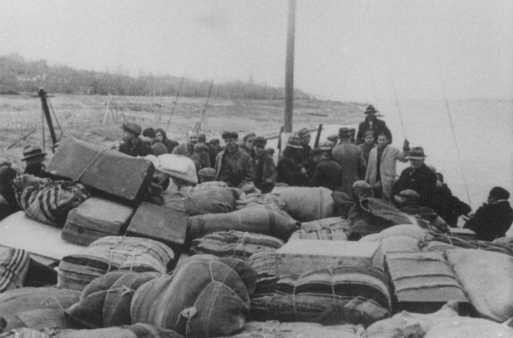
March 11, 1943
Bulgarian military and police authorities transferred 11,343 Jews in Bulgarian-occupied Thrace, Macedonia, and (Serbian) Pirot to German custody pursuant to a February agreement between the SS and representatives of the Bulgarian government. German SS and police officials transported these Jews to Treblinka II, where almost all were gassed or shot upon arrival.
August 2, 1943
Deportations and gassing operations halt at Treblinka. On this date, prisoners used for forced labor—fearing that the SS will soon kill them—stage a revolt. Prisoners seize weapons from the camp armory, but SS guards in the camp discover the plot before it can be completely implemented. Hundreds of prisoners nevertheless storm the main gate in an attempt to escape. SS and police guards kill many with machine-gun fire. More than 300 prisoners escape, but the SS and police personnel eventually recapture and kill two thirds of them.
August 19, 1943
The SS and police personnel deport some 7,600 Jewish survivors of the Bialystok ghetto uprising to Treblinka II, killing all of them upon arrival. In all, between 870,000 and 925,000 people were killed in Treblinka II.
The SS guards force the surviving prisoners in the camp to remove all remaining traces of the camp's existence. The SS then shoot the remaining prisoners. Treblinka II is dismantled in the fall of 1943.
November 4, 1943 - January 5, 1944
In correspondence with SS chief Heinrich Himmler, Odilo Globocnik files the final reports on the conclusion of Operation Reinhard, the dismantling of the killing centers, and the accounting of the personal possessions, currency, and valuables stolen from the murdered victims. Within the framework of Operation Reinhard, which included three killing centers and a number of mass shootings, the SS and police killed approximately 1.7 million people.
Critical Thinking Questions
- Where were camps located?
- To what degree was the local population aware of this camp, its purpose, and the conditions within? How would you begin to research this question?
- How did the functions of the camp system expand after World War II began?
- Did the outside world have any knowledge about these camps? If so, what, if any, actions were taken by other governments and their officials?
- How does the example of this camp demonstrate the complexity and the systematic nature of the German efforts to abuse and kill the Jews?


